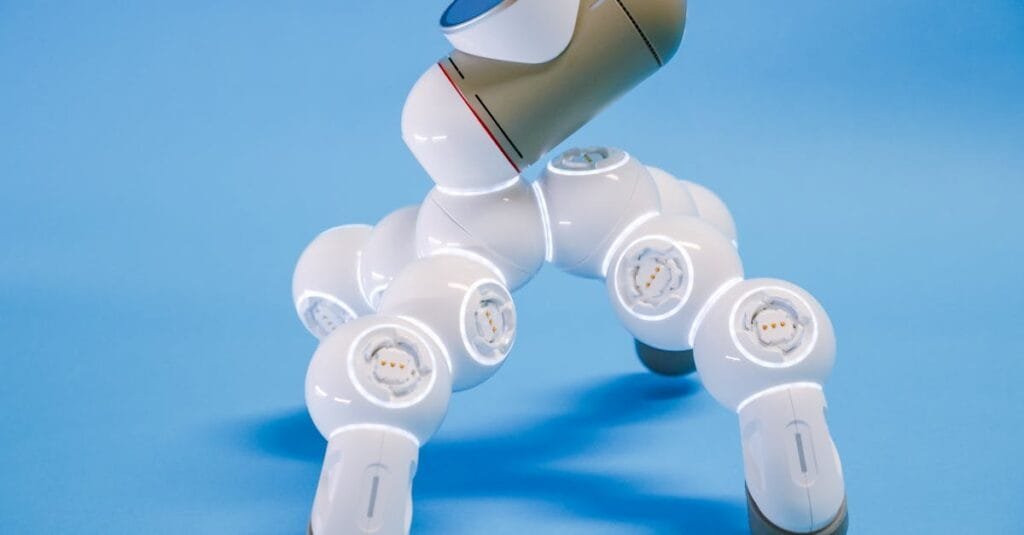Ever feel like you’re drowning in operational inefficiencies? You’re not alone. Many of us are on the rollercoaster of getting everyday tasks done faster while still grappling with outdated processes. You might be asking yourself: How can I drive efficiency within my team? What’s the best path to navigate the intelligent automation landscape?
Let’s be real; the journey isn’t that exhilarating when you’re stuck in murky waters, surrounded by tangled workflows and disjointed systems. But what if I told you that there’s a clearer route? An intelligent automation decision framework could be your compass on this journey to drive efficiency in shared services. If you’re looking for insights to boost your operations and create a nimble, responsive work environment, you’re in the right place.
What Is the Intelligent Automation Decision Framework?
This framework is a structured approach to integrate automation in your workflow seamlessly.
- Identify processes: Pinpoint what’s holding you back. Are there repetitive tasks that suck your time?
- Assess the technology: Not every tool fits every task. What’s out there that aligns with your goals?
- Evaluate impact: How will automation change your world? Think efficiency, output quality, and cost savings.
- Implement: Roll out your selected solutions gradually. Don’t bite off more than you can chew.
- Measure results: After you’ve implemented, don’t just pat yourself on the back. Dive into the data and identify what’s worked and what hasn’t.
This framework broke things down into bite-sized chunks, so even if you’re feeling overwhelmed, it’s manageable. Additionally, you can constantly refine your automation approach as you learn and grow.
Why You Should Care About Driving Efficiency
Driving efficiency is no longer an option; it’s a necessity. It directly impacts customer satisfaction, team morale, and your bottom line. Imagine a space where your team can focus on what truly matters—the tasks requiring creativity and strategic thinking.
- Boost Productivity: Less time on mindless tasks equals more time for innovation.
- Enhance Accuracy: Let the bots handle mundane chores. Say goodbye to human error!
- Slash Costs: Identify savings that can then be redirected to more crucial areas of your operations.
All of this boils down to creating an organization that’s agile and ready to face tomorrow’s challenges. The world moves fast; those who can’t keep up get left behind.
The Real Talk: Challenges with Intelligent Automation
Now, hold on a second. Let’s not sugarcoat it. Transitioning to automation comes with its hurdles. Here are the roadblocks you might encounter:
- Resistance to Change: People fear what they do not understand. As a leader, you need to get everyone on board with a clear vision.
- Skill Gaps: Do your people have the know-how to work alongside automated systems? If not, training is a must.
- Integration Issues: Your tools need to play nice together. If they don’t, you could find yourself in a tangled mess of data.
These hurdles may seem daunting, but every challenge comes with its own set of solutions. It’s all about how you approach them. Share insights with your team and keep lines of communication open. That’s where the human touch makes all the difference!
Tips for Driving Efficiency Using Intelligent Automation
Want a checklist of what to do? I’ve got you covered:
- Start Small: Don’t overhaul everything at once. Tackle one process. Watch it succeed. Rinse and repeat.
- Engage Your Team: Gather their input. Who knows the pain points better than the ones in the trenches?
- Keep Iterating: After you’ve launched, don’t think it’s the final product. Gather feedback and improve.
- Monitor Industry Trends: The automation landscape is evolving. Keep an eye on new technologies or practices that could benefit you.
Your journey isn’t static. It’s a continuous evolution. Dive deep into best practices and case studies to help refine your strategy.
Success Stories That Inspire
If you’re wondering about proven benefits, let’s look at a couple of success stories in the shared services industry.
Company A decided to automate their invoice processing. The results? They went from weeks of processing time to mere hours. That’s huge, right?
Then, there’s Company B. After implementing a customer service chatbot, they improved customer query responses by 50%! That’s an incredible win.
When people hear about such outcomes, it ignites a spark. If they can do it, so can you. Reach out, learn from others, and apply those lessons to your context.
Understanding the Metrics That Matter
Now, let’s discuss metrics. You can’t improve what you don’t measure. Here’s what to keep an eye on:
- Time Saved: Are tasks getting done faster?
- Cost Reductions: Are you seeing lower operational costs as a result of automation?
- Team Satisfaction: Are your employees happier and more engaged?
Keeping up with these metrics not only keeps the momentum going but also acts as proof that your efforts aren’t in vain.
Looking to the Future
Intelligent automation isn’t going anywhere. It’s the future of shared services and operational excellence.
As shared services continue to evolve, the organizations that embrace this change holistically will lead the pack.
It’s Time to Take Action!
Feeling pumped or maybe a little overwhelmed? If you’re struggling to figure out where to start, consider reaching out for help. Connect with experts and get the insight you need to move your automation journey forward.
Don’t forget to keep your eye on your goals, listen to your team, evaluate your process periodically, and be open to change. The road may be winding, but with courage and a solid framework, you can drive efficiency like never before!
Want to dive deeper into transformation and innovation in shared services? Check out THEGBSEDGE blog for more expert insights. Remember, we’re all in this together, and we’re here to support one another in this exciting journey toward operational excellence!


